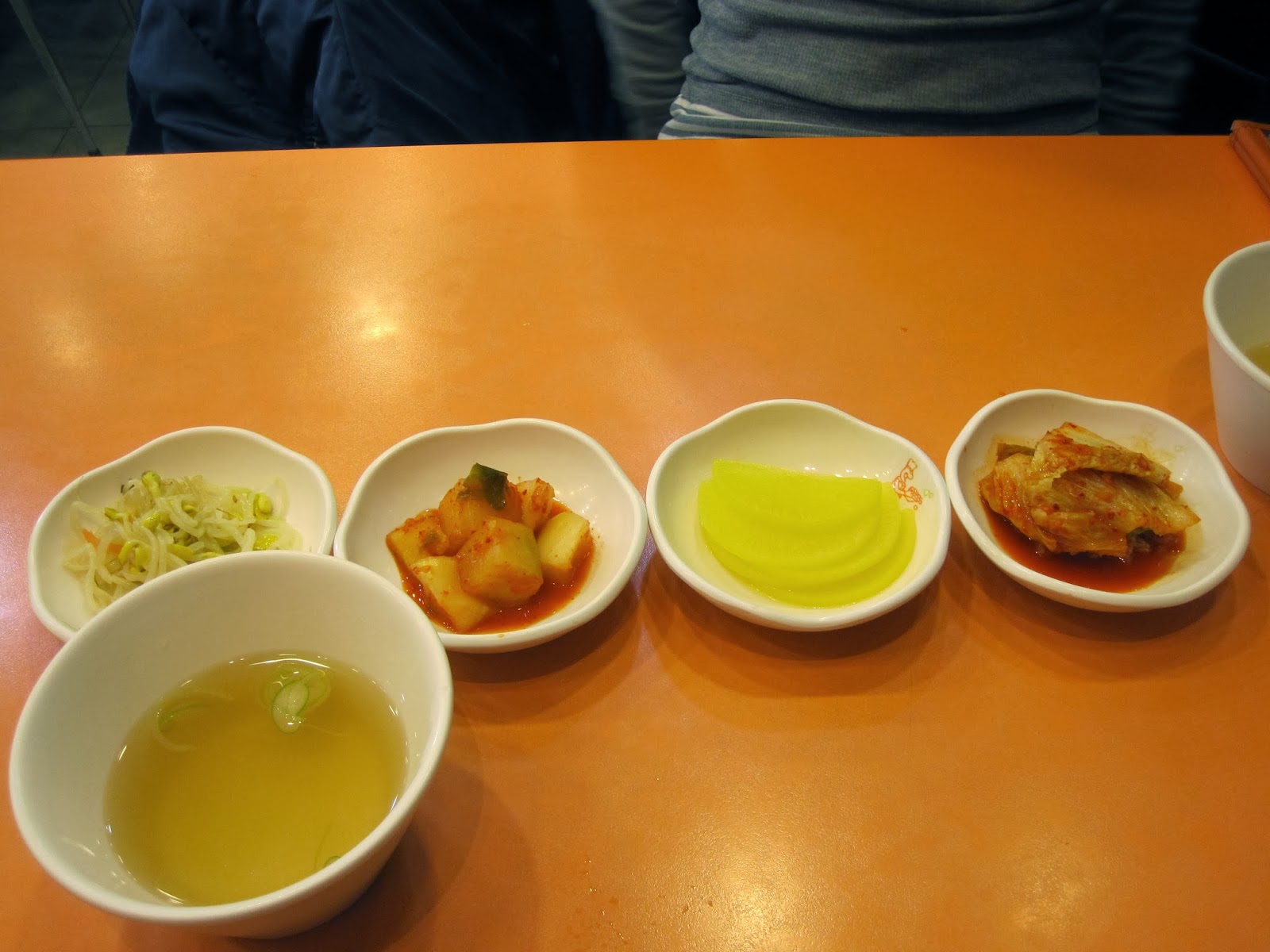I like to have all of my students write on the whiteboard during class time. I think it provides them with a sense of empowerment, along with models for notebook writing. Whiteboard writing also provides a platform for the teacher to critique students' writing in a 'safe' manner, and, if started early in their language program, allows for noticeable development.
To start, I ask students to write their phonics words on the board, and we work on lowercase and uppercase letters, style, writing on the red line (as they do in their notebooks), etc.
Next, students prepare for phonics/vocabulary tests by writing both English and Korean words.
Then they start writing the words with accompanying sentences; in the beginning there are lots of mistakes, of course, but after students have done it for a while (a year or more) there is a lot of improvement and I, as the teacher, have fewer errors to correct (students write on the board, I correct, and they copy the sentences into their notebooks).
Then they reach middle school, and the students who have stuck with the program begin writing paragraphs and essay-like structures. This provides topic ideas and developmental support (prewriting) for the 5-paragraph essays that they begin to write/type.
The above pictures may represent about 5 years of language development (it depends on the students, of course). These are all pics from current classes, but I expect to see this kind of development from the students.
In almost every class students also write in their notebooks (and then repeat the exercise for homework).
Both types of writing are beneficial, but in some ways they are very different, and I think students should experience and practice both types of classroom writing.














